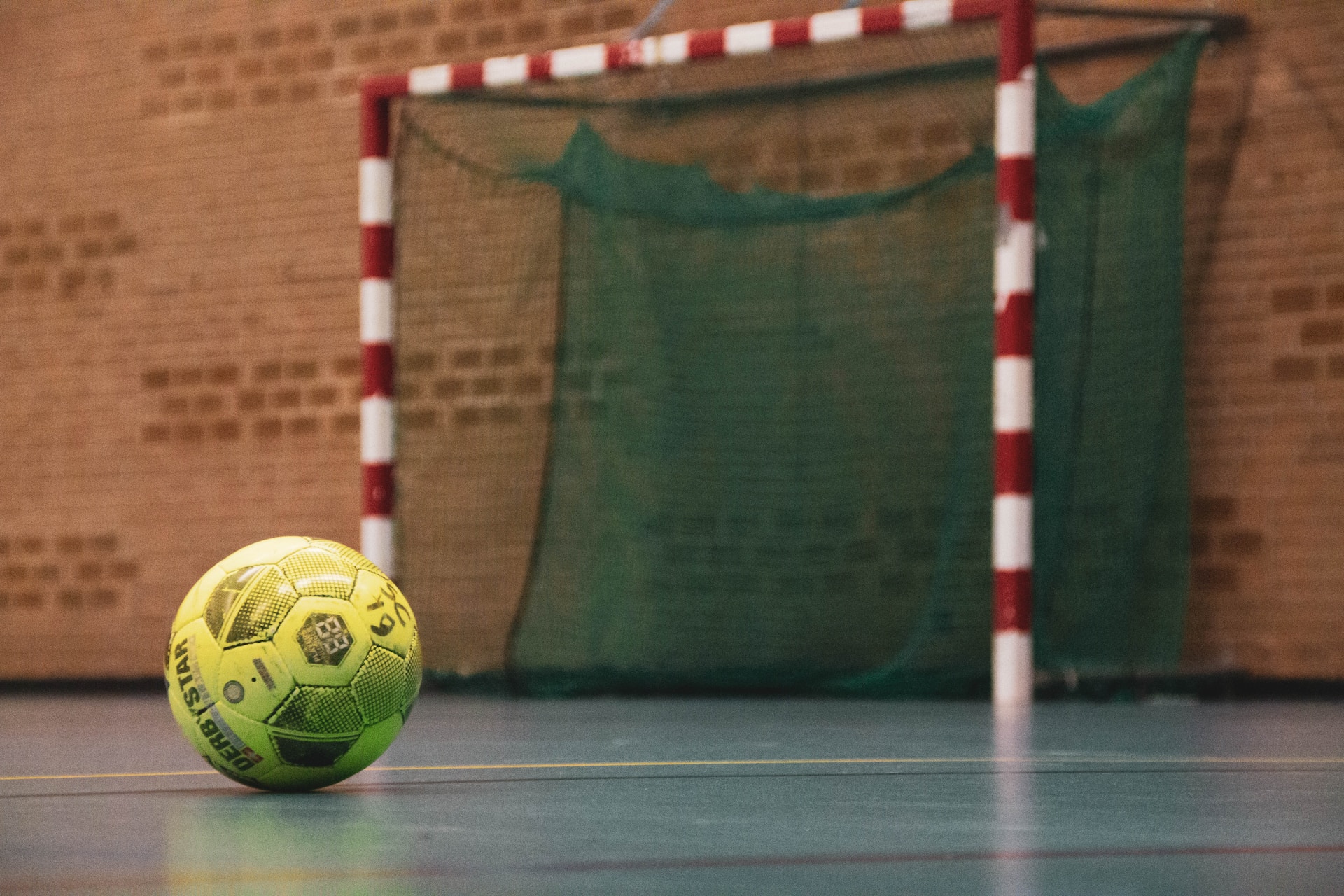How Do I Choose a Futsal Ball?

Soccer has found its perfect indoor mate in futsal, which is probably why they tend to share the same fandom.
Getting into the sport might no longer need you to search for a vast field, but you do need to know the right futsal ball size at the very least.
But before we get into the details of what to check when deciding which ball to get, let's first understand the sport itself.
Futsal vs. Soccer
The best way to understand futsal is to see how similar or different it is from a sport that shares most of the same rules: soccer.
Both sports highlight the strength of the human body to be in coordination with a ball through a lot of leg work.
Futsal was made famous in Southern America, and the name futsal was derived from the Spanish phrase "futbol de salon," which translates to lounge football or indoor football.
Unlike soccer, which requires a hundred yards for playing, futsal can be played in a space as small as a standard basketball court and with only five members in a team.
Since it is meant for indoor playing, the bigger challenge it presents is found in the ball. The Futsal ball is smaller in size and is made with tougher materials.
This is designed to ensure that it bounces less than a soccer ball to keep it more controlled on hard surfaces.
So, what do we check to ensure that all of this can be found in the futsal ball you're planning on getting? Here are a couple of things to remember before buying one:
1. Check the Specs
The futsal's circumference is between 24 and 26 inches in diameter, just a few inches shy of the standard soccer ball at 27-29 inches.
Contrary to popular belief, the standard futsal ball isn't heavier than the soccer ball.
It weighs only around 390 up to 430 grams, depending on the brand and material. Meanwhile, the standard soccer ball weighs 410 to 450 grams.
Usually, a futsal ball's outer layer is made up of leather, though some are synthetic leather, nylon, or plastic.
This might sound like the same materials used in a soccer ball, so how come a futsal feels heavier than a soccer ball in terms of the apparent size difference? The answer is found inside.
If you open up a futsal ball–though we strongly recommend you NOT to tear up a futsal you're planning on buying!--you will find that it has mainly stuffing made up of cotton.
The filling ensures that the ball doesn't bounce as much as the soccer ball.
2. Know the Size
Where soccer balls have number sizing, futsal balls are sized based on the age range for soccer rules. Futsal balls are categorized as such:
● Mini or Micro
This is the size used for children under the age of 7, similar to the size 1-3 of a soccer ball.
● Junior
This size is recommended for children aged 8 to 12, similar to the size four soccer ball.
● Senior
Similar to the size five soccer ball, this is now the standard futsal size for professionals and children 13 and above.
3. Let It Bounce
A Futsal ball is designed to ensure the skills of controlled passing, receiving well, and an excellent strike.
Because of its weight, it might seem easier to receive as it tends to stick to the foot of the receiver; however, passes are harder to make as futsal is usually played in a smaller space.
Its ability not to bounce as much is great for training lazy techniques used in passing, which can be applied to an outdoor game of soccer.
Check and ensure that the ball you're about to get bounces half the amount as that of a soccer ball, and you'll be in good hands or feet, for that matter.
Futsal Is Life!
Contact sports like soccer and futsal train your footwork well. More than just teaching you how to make your move, futsal also teaches you lifelong skills that are essential in our society.
It is important to develop values such as hard work, teamwork, mastery of technique, and coordination with your body and with others in order to produce lasting results.
A futsal match can be played indoors or in an enclosed area. Since the material of the Futsal ball makes it suitable for use on any hard surface, it can be played on it.
Futsal is a great sport on its own, as well. Whether you play soccer or not, it is a complete sport that you can enjoy and engage in even if you are not a player.
Also, it does not require as much space to play, so if you want to gather some friends over to form a team, you can easily organize it.




